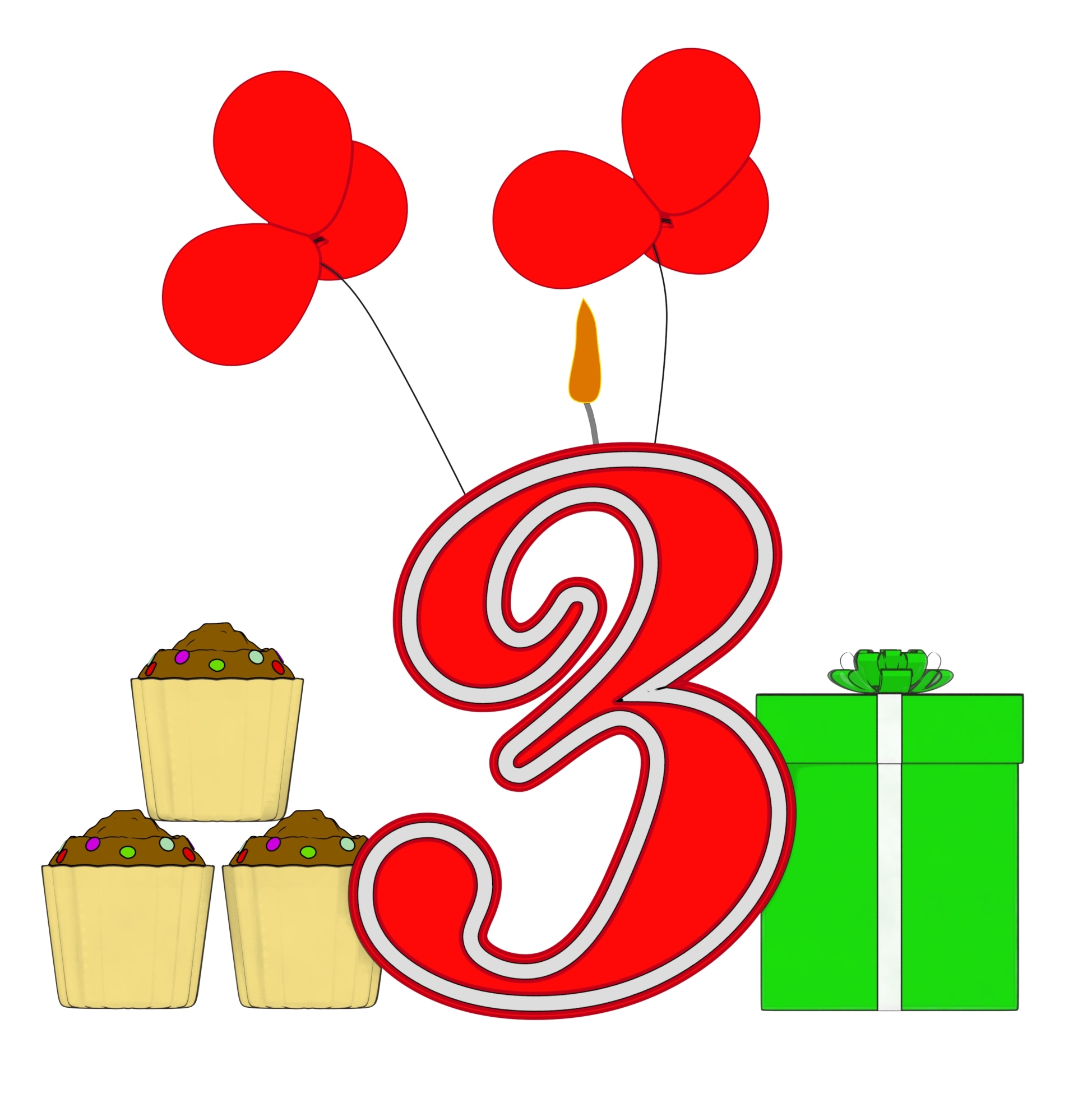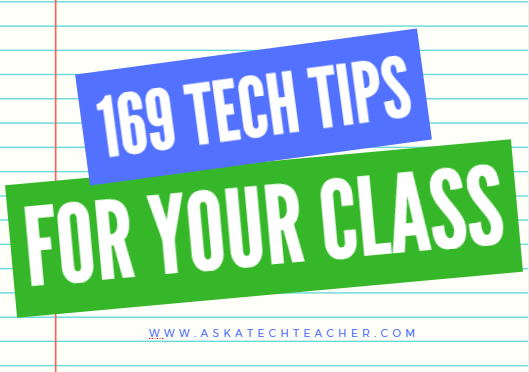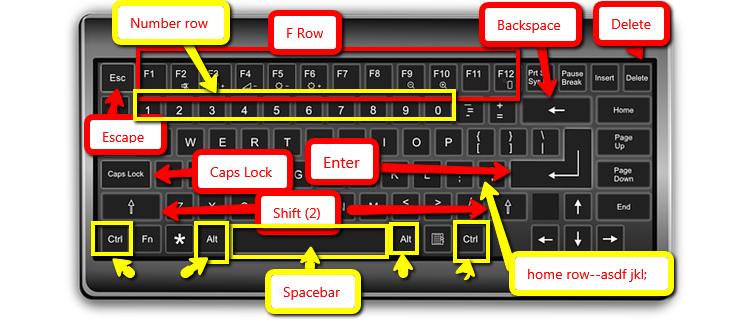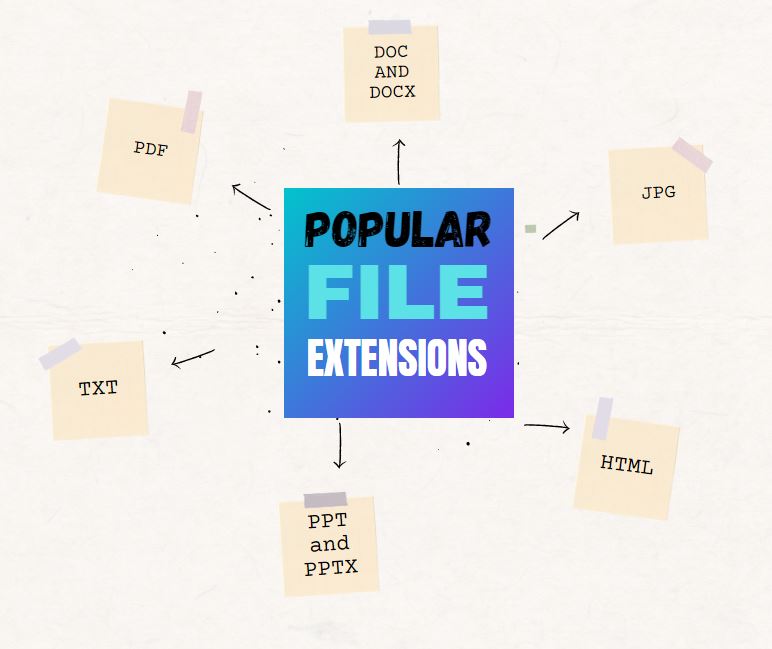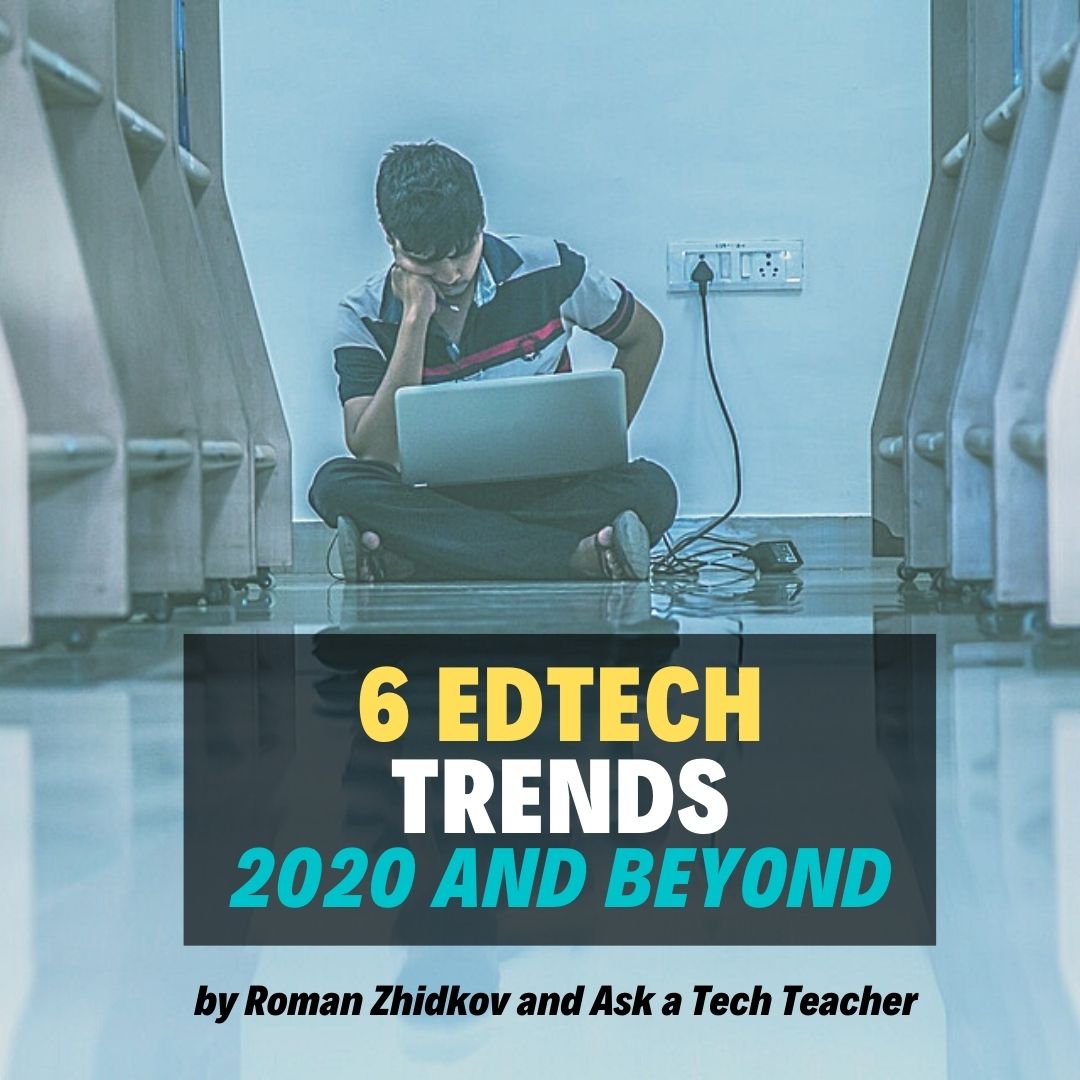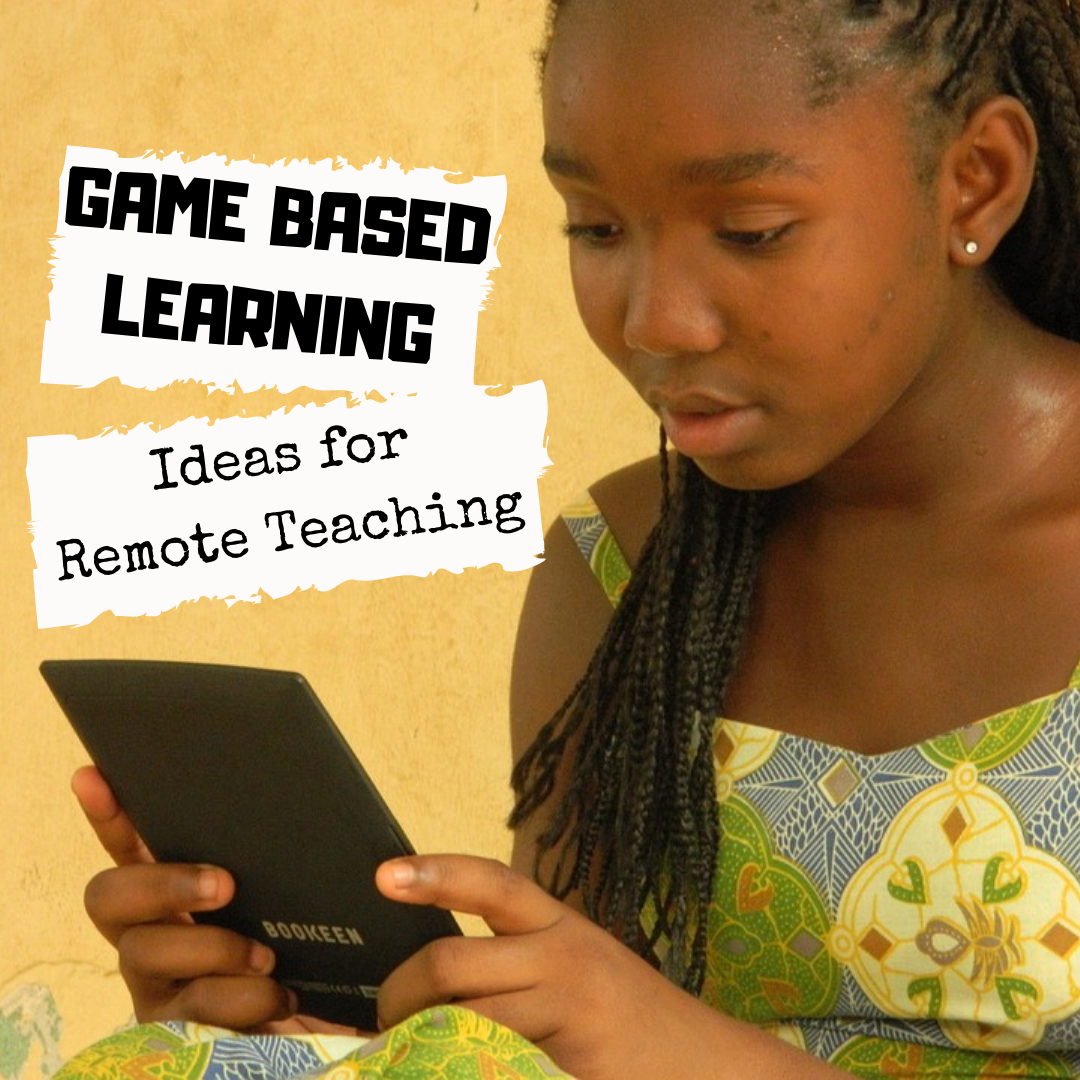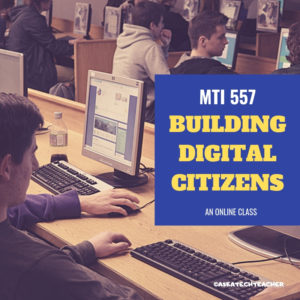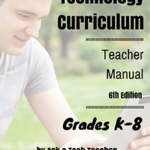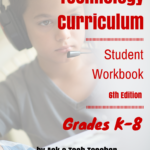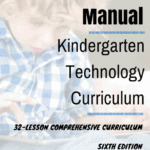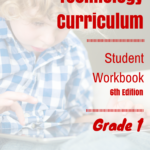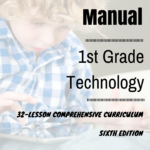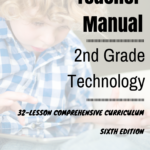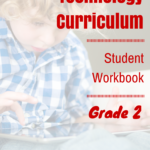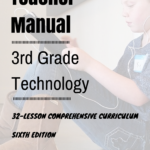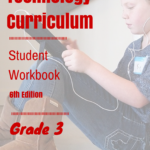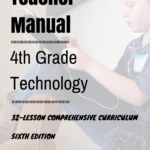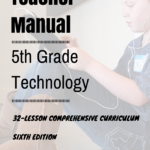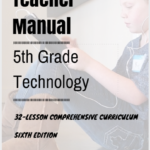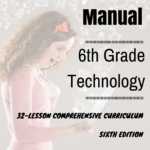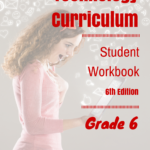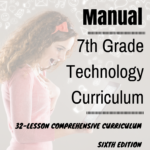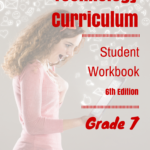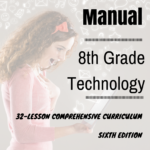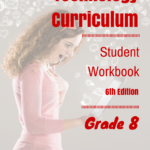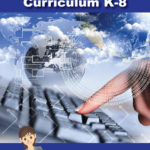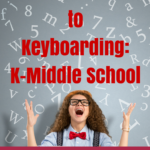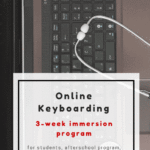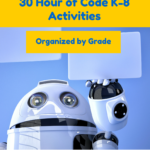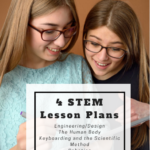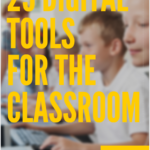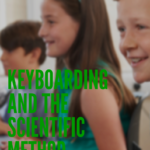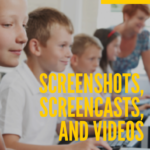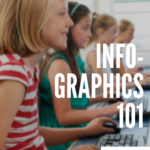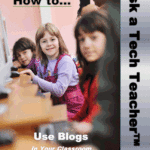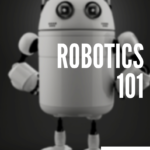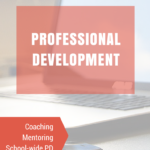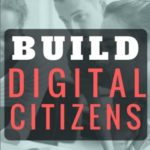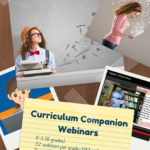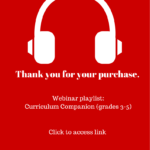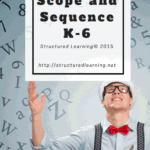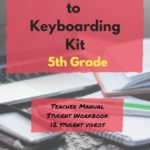Author: Jacqui
9 Great Websites to Inspire 3rd Graders
 Here’s a great list of age-appropriate, safe websites that will inspire third graders whether they’re in your classroom or at home (check here for updates):
Here’s a great list of age-appropriate, safe websites that will inspire third graders whether they’re in your classroom or at home (check here for updates):
- Riding the Wind with Kalani
- Weather Websites
- Wild Weather Adventure
- All About America
- USA Puzzle
- 360o views from around the world
- Computer lab favorites
- How stuff works
- Quick quizzes—how much do you know?
- Thinking Skills–Riddles
- USA Puzzle
- Water Cycle–very visual; good tool for lower grades
- Water cycle–interactive
- Water cycle—label diagram
More resources for third graders
33 Resources for Read Across America Day
Hour of Code Lesson Plans by Grade
Jacqui Murray has been teaching K-18 technology for 30 years. She is the editor/author of over a hundred tech ed resources including a K-12 technology curriculum, K-8 keyboard curriculum, K-8 Digital Citizenship curriculum. She is an adjunct professor in tech ed, Master Teacher, webmaster for four blogs, an Amazon Vine Voice, CSTA presentation reviewer, freelance journalist on tech ed topics, contributor to NEA Today, and author of the tech thrillers, To Hunt a Sub and Twenty-four Days. You can find her resources at Structured Learning.
Share this:
- Click to share on Facebook (Opens in new window) Facebook
- Click to share on X (Opens in new window) X
- Click to share on LinkedIn (Opens in new window) LinkedIn
- Click to share on Pinterest (Opens in new window) Pinterest
- Click to share on Telegram (Opens in new window) Telegram
- Click to email a link to a friend (Opens in new window) Email
- More
Tech Tip #161: Ten Most Important Keyboard Keys
 In these 169 tech-centric situations, you get an overview of pedagogy—the tech topics most important to your teaching—as well as practical strategies to address most classroom tech situations, how to scaffold these to learning, and where they provide the subtext to daily tech-infused education.
In these 169 tech-centric situations, you get an overview of pedagogy—the tech topics most important to your teaching—as well as practical strategies to address most classroom tech situations, how to scaffold these to learning, and where they provide the subtext to daily tech-infused education.
Today’s tip: 10 Most Important Keyboard Keys
Category: Keyboarding
As you teach K-5 keyboarding, here are the ten most important keys you want them to learn—a few a year:
Buy the entire 169 Real-world Ways to Put Tech into Your Classroom.
–Comments are closed but feel free to contact me via Twitter (@askatechteacher).
Share this:
- Click to share on Facebook (Opens in new window) Facebook
- Click to share on X (Opens in new window) X
- Click to share on LinkedIn (Opens in new window) LinkedIn
- Click to share on Pinterest (Opens in new window) Pinterest
- Click to share on Telegram (Opens in new window) Telegram
- Click to email a link to a friend (Opens in new window) Email
- More
Great Websites for Special Needs
 Here’s a great list of Special Needs websites. I’ll display it below but click the link for an updated library (check here for updates on links):
Here’s a great list of Special Needs websites. I’ll display it below but click the link for an updated library (check here for updates on links):
- Occupational Therapy–a long list of great apps including stress, social skills building, and more
- Read&Write–for students with dyslexia or English language learners who struggle with reading and writing.
- Signed Stories–beautiful stories in sign language
- Speech Therapy and Language Apps–apps like Conversation Builder, StoryBuilder, Tense Builder, Rainbow Sentences, designed for kids who need a different approach
So much available to differentiate for every student’s special need. Here are 50 of them:
Autism
- Autism browser—Zac Browser
Blind
Dyslexia
Share this:
- Click to share on Facebook (Opens in new window) Facebook
- Click to share on X (Opens in new window) X
- Click to share on LinkedIn (Opens in new window) LinkedIn
- Click to share on Pinterest (Opens in new window) Pinterest
- Click to share on Telegram (Opens in new window) Telegram
- Click to email a link to a friend (Opens in new window) Email
- More
What are the popular file extensions kids should learn about?
There is so much tech kids need to learn these days, it’s easy to forget the basics. Like file extensions. These help kids categorize websites, prioritize credibility, and streamline their browsing. Here are the most essential of these:
What are the popular file extensions kids should learn about?
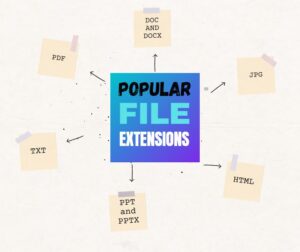 As kids work their way through the education system, they will use different types of documents for their projects. Therefore, it is important that children learn about the popular types of file extensions early on.
As kids work their way through the education system, they will use different types of documents for their projects. Therefore, it is important that children learn about the popular types of file extensions early on.
A file extension is the suffix used at the end of a file name to show what type of computer file is being used. The suffix also implies what program can be used to read the content of the file. Here are the most popular file extensions that kids should learn about.
DOC and DOCX
There is no actual difference between DOC and DOCX. Both are native formats of Microsoft Word, which is one of the most commonly used file types used for school projects and beyond. Whether DOC or DOCX is used is simply dependent on the version of Microsoft Office being used. DOC and DOCX files can contain text, images, tables, and other elements. The file type is perfect for writing essays and presenting graphics. Once a DOC or DOCX file has been saved, users can easily edit it in a Word program.
The PDF file extension is used for documents created in the PDF file format. PDFs are so popular because they maintain the formatting used to create the document. A PDF can contain text, images, tables, graphs, 3D drawings, and other elements. Due to the formatting being maintained, the elements of a PDF document appear richer and more presentable, making them ideal for school projects. PDFs have many benefits, but users can often not edit them directly unless they have a specific Adobe program. However, you can convert PDFs into other file types, such as DOC or JPG, by using an online tool. For instance, with PDF Simpli, you can convert a PDF into an editable JPG picture file in an instant.
Share this:
- Click to share on Facebook (Opens in new window) Facebook
- Click to share on X (Opens in new window) X
- Click to share on LinkedIn (Opens in new window) LinkedIn
- Click to share on Pinterest (Opens in new window) Pinterest
- Click to share on Telegram (Opens in new window) Telegram
- Click to email a link to a friend (Opens in new window) Email
- More
Edtech Trends From 2020 And Beyond
Hi there, my name is Roman Zhidkov, a happy contributor to Ask a Tech Teacher. I’m the CTO of a tech company and for more than five years I have been busy with teaching programming courses and sharing my expertise with novice specialists. I can tell from experience that it’s a prerequisite for a teacher to follow trends due to the fast-changing market and nuances of working with young professionals with a progressive mindset.
Besides, the living conditions can dramatically change at any moment like it has been with the COVID-19 pandemic. That’s why it’s better to prepare for any changes in advance. So, in this article, I’m going to share my thoughts and experience about the technologies and solutions that reshape the educational industry and the way we learn in 2020 and beyond.
6 Edtech Trends to Keep an Eye On
 The educational field was constantly evolving along with new technologies even before the pandemic. However, due to the rapid spread of the coronavirus and the global lockdown, distance learning became vital in 2020. That led to a rise of different e-learning platforms and solutions such as learning management systems (LMSs), learning experience platforms (LXPs), learning analytics platforms (LAPs), and so on. All that opened a lot of doors and possibilities for both teachers and students.
The educational field was constantly evolving along with new technologies even before the pandemic. However, due to the rapid spread of the coronavirus and the global lockdown, distance learning became vital in 2020. That led to a rise of different e-learning platforms and solutions such as learning management systems (LMSs), learning experience platforms (LXPs), learning analytics platforms (LAPs), and so on. All that opened a lot of doors and possibilities for both teachers and students.
Integration of various technologies can help you to improve the courses, making the process more engageable, immersive, personalized, effective, interacting, etc. Below you’ll find 6 tech trends that are must-have in 2020 and beyond. Let’s analyze them to find out what profit they offer.
Video-Based Learning
Do you know that 70% of millennials used YouTube videos for learning something new even before the quarantine? And due to the pandemic, video-based learning is booming in distance learning conditions because all we — teachers — were forced to use the technology during the lockdown.
And I can say that watching my students, who come to my courses to gain knowledge, the effectiveness of learning not only didn’t begin a downturn but raised. Videos are extremely beneficial to make content comprehensible and enrich lessons. All that not only improves the learners’ outcomes but reduces teachers’ workload.
The key features of video-assisted learning are scalability and repetitiveness. Thus, you can record a series of lectures and students can watch them at any time, anywhere. Besides, lecturers can prepare such types of videos as:
Share this:
- Click to share on Facebook (Opens in new window) Facebook
- Click to share on X (Opens in new window) X
- Click to share on LinkedIn (Opens in new window) LinkedIn
- Click to share on Pinterest (Opens in new window) Pinterest
- Click to share on Telegram (Opens in new window) Telegram
- Click to email a link to a friend (Opens in new window) Email
- More
Game-based Learning in Remote Teaching
A great infographic done using Easelly:
Made with Easelly infographic templates
Share this:
- Click to share on Facebook (Opens in new window) Facebook
- Click to share on X (Opens in new window) X
- Click to share on LinkedIn (Opens in new window) LinkedIn
- Click to share on Pinterest (Opens in new window) Pinterest
- Click to share on Telegram (Opens in new window) Telegram
- Click to email a link to a friend (Opens in new window) Email
- More
5 Fun Science Experiments Kids Do at Home
Getting ready for extra time with kids? Here are five great ideas that are energizing and motivating:
5 Fun Science Experiments Kids Can Do at Home
 All children are born scientists. Until education – or spoilsport parents – ruins them.
All children are born scientists. Until education – or spoilsport parents – ruins them.
Kids have a natural curiosity that is insatiable due to their innate ability to get to the bottom of anything they set their minds on. Be it blowing soap bubbles or building towers of spaghetti, they are second only to seasoned engineers and CEOs at getting results.
However, over the past few months, kids have largely been cooped up at home due to the impact of COVID-19; the lack of access to a tried-and-true schooling process and resources will result in young children missing out on foundational concepts in literature, math and science that prepare them for a lifetime of learning and working.
Virtual schooling is clearly not an effective solution, according to a study done by the National Alliance for Public Charter Schools (NAPCS), which looked at schools specifically designed to teach coursework online with significant budgets invested in research and planning. “If they can’t make it work, it seems unlikely that parents and teachers Googling resources will do any better,” said Eric Hanushek, economist and education researcher at Stanford.
Well, don’t let that deter you. As a STEM (Science Technology Engineering Mathematics) learning advocate for kids, I can’t understate the importance of teaching simple scientific and number concepts at home, because science isn’t something you learn only in a classroom. Research shows that kids as young as pre-school or kindergarten age have divergent thinking capabilities. Trying out simple experiments with things found in and around the house can improve their critical reasoning as well as spatial skills, and promote a curiosity-mindset that they’ll carry well into adulthood.
So, here are some fun activities and easy DIY projects to get your kids excited about science. Before you let them dive right in, please make sure all experiments are done under adult supervision. (more…)
Share this:
- Click to share on Facebook (Opens in new window) Facebook
- Click to share on X (Opens in new window) X
- Click to share on LinkedIn (Opens in new window) LinkedIn
- Click to share on Pinterest (Opens in new window) Pinterest
- Click to share on Telegram (Opens in new window) Telegram
- Click to email a link to a friend (Opens in new window) Email
- More
College Credit Classes in Remote Teaching/Blended Learning
Through the Midwest Teachers Institute, I offer four college-credit classes that teach how to blend technology with traditional lesson plans. They include all the ebooks, videos, and other resources required so you don’t spend any more than what is required to register for the class. Once you’re signed up, you prepare weekly material, chat with classmates, respond to class Discussion Boards and quizzes, and participate in a weekly video meeting. Everything is online.
Questions? Email me at askatechteacher@gmail.com
Here are the the ones I’m currently offering:
MTI 557
Starts January 18, 2021
If students use the internet, they must be familiar with the rights and responsibilities required to be good digital citizens. In this class, you’ll learn what topics to introduce, how to unpack them, and how to make them authentic to student lives.
Topics include:
- copyrights, fair use, public domain
- cyberbullying
- digital commerce
- digital communications
- digital footprint, digital privacy
- digital rights and responsibilities
- digital search/research
- image—how to use them legally
- internet safety
- netiquette
- passwords
- plagiarism
- social media
At the completion of this course, you will be able to:
- Know how to blend digital citizenship into lesson plans that require the Internet
- Be comfortable in your knowledge of all facets of digital citizenship
- Become an advocate of safe, legal, and responsible use of online resources
- Exhibit a positive attitude toward technology that supports learning
- Exhibit leadership in teaching and living as a digital citizen
Assessment is based on involvement, interaction with classmates, and completion of projects so be prepared to be fully-involved and an eager risk-taker. Price includes course registration, college credit, and all necessary materials. To enroll, click the link above, search for MTI 557 and sign up.
Share this:
- Click to share on Facebook (Opens in new window) Facebook
- Click to share on X (Opens in new window) X
- Click to share on LinkedIn (Opens in new window) LinkedIn
- Click to share on Pinterest (Opens in new window) Pinterest
- Click to share on Telegram (Opens in new window) Telegram
- Click to email a link to a friend (Opens in new window) Email
- More
New Blog Directory–and it’s free!
A friend started a free blog directory that includes categories for writers and teacher-authors. I’ve added both of my blogs, Ask a Tech Teacher and WordDreams. It’s free, just getting going. If you’re looking for another way to market your books and/or teaching resources, here’s how you sign up:
https://mohamadkarbi.com/2020/11/23/blog-directory/
Why the Blog Directory?
- Find blogs of a specific category; and/or find bloggers of similar interests.
- Drive more traffic to your blog and enhance its SEO. Search engines like to crawl websites in such directories*.
- I believe it’s the first of kind for bloggers by a blogger. And unlike others, it’s human moderated directory.
- It’s FREE!
How to submit your blog?
Share this:
- Click to share on Facebook (Opens in new window) Facebook
- Click to share on X (Opens in new window) X
- Click to share on LinkedIn (Opens in new window) LinkedIn
- Click to share on Pinterest (Opens in new window) Pinterest
- Click to share on Telegram (Opens in new window) Telegram
- Click to email a link to a friend (Opens in new window) Email
- More
Have Santa Call Your Kids!
 DialMyCalls (an AATT sponsor) has a special Christmas offer for kids:
DialMyCalls (an AATT sponsor) has a special Christmas offer for kids:
Free Santa Calls To Your Family This Christmas
This Christmas we have a great gift for everyone! Whether you’re an existing DialMyCalls user or not, you can take advantage of our completely free phone call from Santa. Imagine the look on your child’s face when they receive a personalized phone call from Santa with his or her name on it!
- Simply select your child’s name and the message from Santa you want sent on this link.
- Pick the time, date and phone number you want the call sent to.
- We create a personalized message and send the call when you want it sent!
- Each household can send up to 3 free calls from Santa Claus.
- Additional Santa Calls may be purchased for a small fee.
What an amazing gift to any child for Christmas!
@DialMyCalls
Share this:
- Click to share on Facebook (Opens in new window) Facebook
- Click to share on X (Opens in new window) X
- Click to share on LinkedIn (Opens in new window) LinkedIn
- Click to share on Pinterest (Opens in new window) Pinterest
- Click to share on Telegram (Opens in new window) Telegram
- Click to email a link to a friend (Opens in new window) Email
- More

